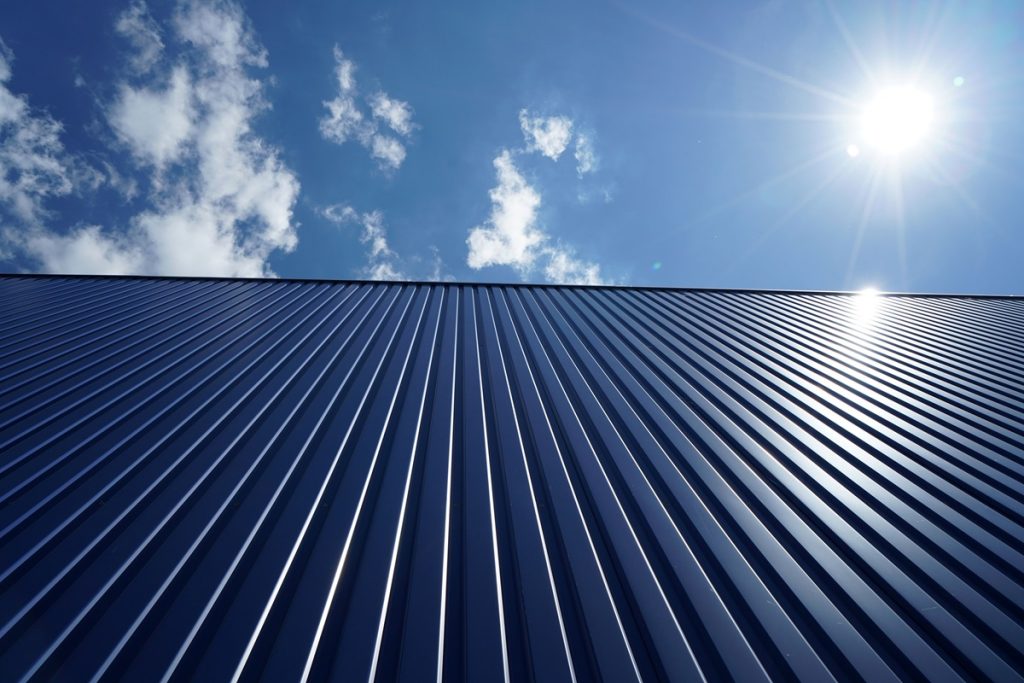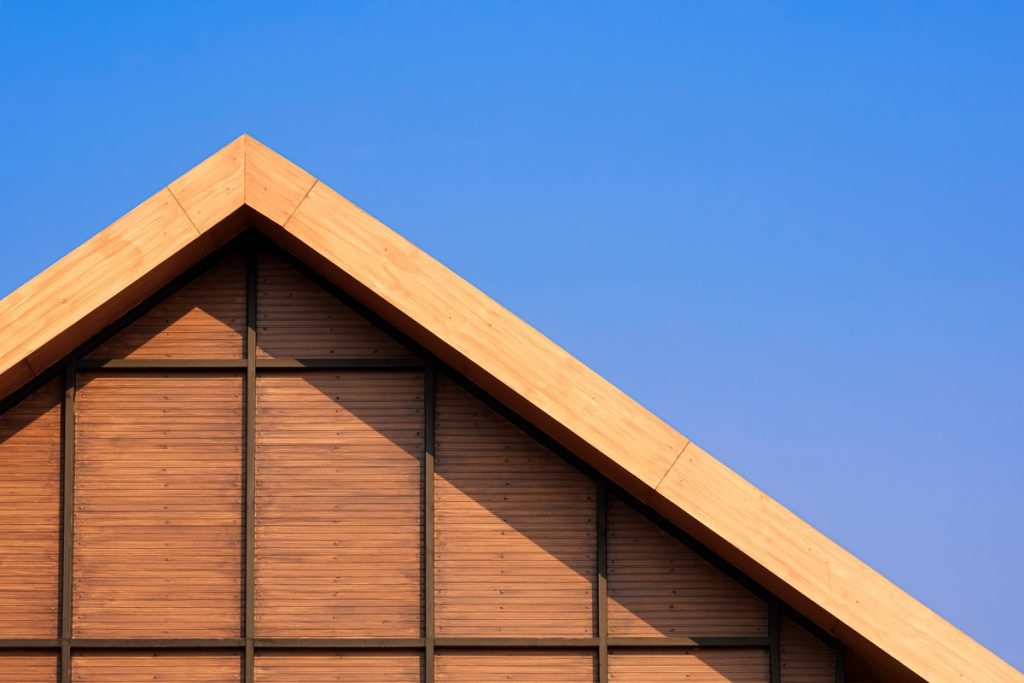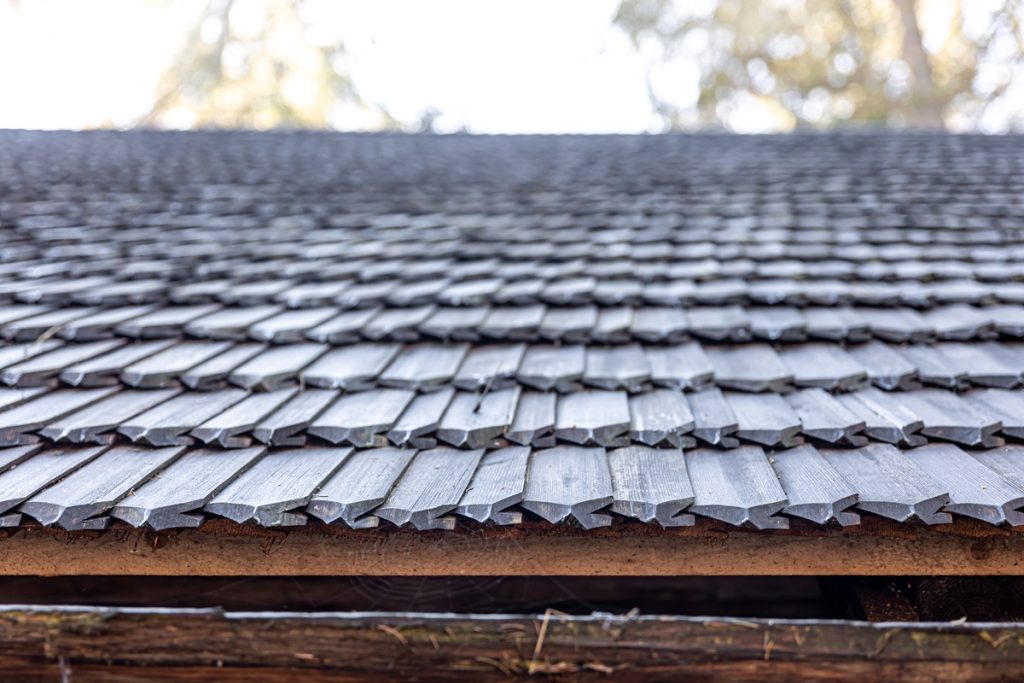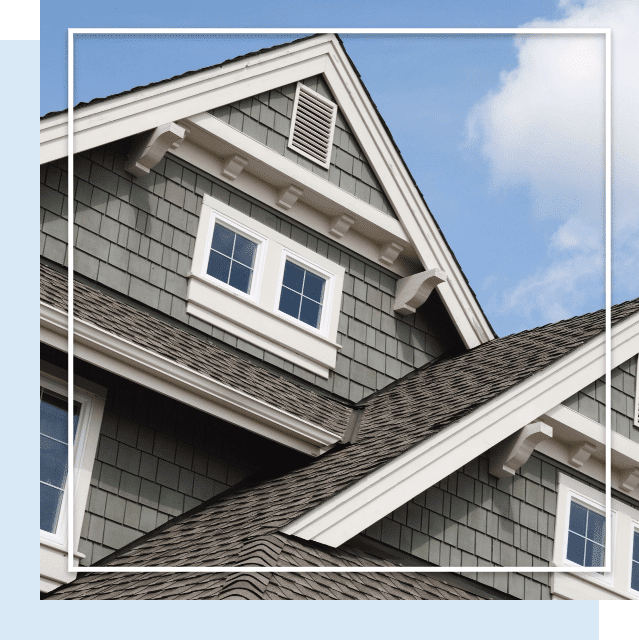Home construction or renovation project, one of the most significant decisions you’ll face is selecting the right roof. Beyond serving as a protective barrier against the elements, the roof plays a vital role in your home’s aesthetics, energy efficiency, and overall value. With a wide array of roofing materials and styles available, the task of making the right choice can feel overwhelming. This guide is designed to simplify that process, providing you with in-depth knowledge and insights to help you choose the best roof for your specific needs.
1. The Essential Functions of a Roof
The primary roles of a roof is crucial before diving into the various roofing materials. The roof does much more than cover your home—it is integral to its overall performance and longevity.
- Protection: The most fundamental role of any roof is to protect your home from external elements such as rain, snow, wind, and sunlight. A good roof keeps your home dry, secure, and comfortable.
- Insulation: Beyond protection, a roof also contributes significantly to your home’s insulation. It helps maintain the interior temperature, keeping the house warm during winter and cool during summer, which can also lead to energy savings.
- Aesthetic Appeal: As a prominent feature of your home’s exterior, the roof greatly influences the overall look and curb appeal. The right roofing material and style can enhance your home’s architectural design, making it more attractive.
- Durability: The lifespan and durability of a roof are determined by the materials used. Some roofing options last longer than others, affecting the long-term maintenance and replacement costs.
2. Exploring Different Types of Roofing Materials
Roofing materials on the market, each offering unique benefits and drawbacks, it’s essential to choose one that aligns with your home’s needs and your personal preferences. Here’s a closer look at some of the most popular roofing materials:

A. Asphalt Shingles
Asphalt shingles are the most common roofing material in the United States. They are known for their affordability and ease of installation, making them a popular choice for many homeowners.
Pros:
- Affordability: Asphalt shingles are cost-effective, making them an ideal choice for homeowners on a budget.
- Variety: Available in a wide range of colors and styles, asphalt shingles can complement various architectural styles.
- Ease of Installation: Their relative ease of installation can lower labor costs and reduce the time required to complete the roofing project.
Cons:
- Shorter Lifespan: Typically, asphalt shingles last between 15 to 30 years, which is shorter compared to other roofing materials.
- Maintenance Requirements: Asphalt shingles may require more frequent maintenance and are prone to damage from severe weather conditions such as high winds and hail.
Asphalt shingles are ideally suited for moderate climates where severe weather is infrequent. They present an excellent option for homeowners seeking a budget-friendly and versatile roofing solution. This type of roofing material is a popular choice for its cost-effectiveness, durability, and adaptability in areas that do not experience extreme weather conditions.

B. Metal Roofing
Metal roofing is gaining popularity due to its durability, energy efficiency, and modern aesthetic appeal. Available in various materials such as aluminum, steel, and copper, metal roofs offer long-lasting performance.
Pros:
- Longevity: Metal roofs can last anywhere from 40 to 70 years, depending on the material used.
- Weather Resistance: They are highly resistant to extreme weather conditions, including heavy snow, high winds, and hail.
- Energy Efficiency: Metal roofs reflect solar heat, which can help reduce cooling costs during the hot summer months.
- Environmental Impact: Metal roofing materials are often made from recycled content and are fully recyclable at the end of their lifespan.
Cons:
- Higher Initial Cost: The upfront cost of metal roofing is higher than that of asphalt shingles, though this is offset by their longevity.
- Noise: Without proper insulation, metal roofs can be noisy during rain or hailstorms.
- Complex Installation: Installing a metal roof requires specialized skills, which can increase labor costs and the potential for installation errors.
Metal roofing is best suited for areas prone to harsh weather conditions, making it an excellent choice for homeowners looking for durability. It is not only built to withstand severe weather but also offers energy efficiency and environmental benefits. This type of roofing is favored by those seeking a long-lasting, eco-friendly solution that keeps homes cooler and reduces energy costs over time.

C. Wood Shingles and Shakes
Wood shingles and shakes offer a natural, rustic appearance that enhances the beauty of many traditional and country-style homes. The main difference between the two is that shingles are machine-cut for a smooth finish, while shakes are hand-split, giving them a more rugged look.
Pros:
- Aesthetic Appeal: Wood shingles provide a warm, natural look that is highly desirable for certain architectural styles.
- Insulation Properties: Wood shingles offer good insulation, helping to maintain indoor temperature and reduce energy costs.
- Sustainability: Wood is a renewable resource, and when sourced responsibly, it can be an environmentally friendly option.
Cons:
- High Maintenance: Wood shingles require regular maintenance, including treatments to prevent rot, mold, and insect infestations.
- Fire Risk: Wood is inherently flammable, though treated options are available to reduce this risk.
- Moderate Durability: Wood shingles typically last 20 to 40 years, depending on maintenance and environmental factors.
Wood shingles and shakes are particularly well-suited for homes in dry climates where the risk of moisture damage is lower. This roofing option is favored by homeowners who seek a distinctive and natural look for their property. The aesthetic appeal of wood shingles and shakes adds a rustic charm and enhances the overall appearance of a home, making it a popular choice for those aiming to achieve a classic, elegant exterior.

D. Slate Roofing
Slate is a premium roofing material known for its longevity, elegance, and exceptional durability. It has been used for centuries on homes and buildings, particularly in areas with historic architecture.
Pros:
- Unmatched Longevity: Slate roofs can last over a century, often outlasting the buildings they cover.
- Natural Beauty: Slate provides a unique, elegant appearance that is difficult to replicate with other materials.
- Fire Resistance: Slate is naturally fire-resistant, offering added protection for your home.
- Low Maintenance: Once installed, slate roofs require minimal maintenance due to their durability.
Cons:
- High Cost: Slate is one of the most expensive roofing materials available.
- Heavy Weight: Slate is very heavy, which may require additional structural support in the home.
- Specialized Installation: Installing a slate roof requires specialized skills and expertise, which can increase the overall cost.
Slate roofing is particularly well-suited for historic homes or those with traditional architectural styles, offering an elegant and timeless appearance. This high-end roofing material is favored by homeowners willing to invest in a long-lasting solution. Known for its durability and resistance to harsh weather conditions, slate enhances the aesthetic value of a property while providing decades of reliable protection.
E. Tile Roofing
Tile roofing is popular in regions with warm climates and Spanish or Mediterranean architectural styles. Tiles can be made from clay, concrete, or slate and are known for their durability and energy efficiency.
Pros:
- Long-lasting Durability: Tile roofs can last between 50 to 100 years.
- Energy Efficiency: Tiles provide excellent thermal insulation, keeping homes cooler in hot climates.
- Aesthetic Variety: Available in a range of colors and styles, tile roofing can enhance the visual appeal of your home.
Cons:
- Weight: Like slate, tile is heavy and requires a strong roof structure.
- High Initial Investment: The cost of tile roofing is higher due to the material and the need for specialized installation.
- Fragility: While durable, individual tiles can crack under heavy impact, such as from falling debris or hail.
Tile roofing is best suited for homes in hot climates, where its properties help maintain cooler indoor temperatures. This roofing type is also ideal for architectural styles that complement the aesthetic appeal of tile, such as Spanish, Mediterranean, or Southwestern designs. The durability and distinctive style of tile roofing not only enhance the visual allure of a home but also provide a long-lasting roofing solution that stands up to the demands of hotter environments.
3. Factors to Consider When Choosing Your Roof
Choosing the right roof involves balancing various factors to meet your specific needs. Here are the key considerations to keep in mind:
A. Climate and Environmental Conditions
Your local climate plays a crucial role in determining the best roofing material for your home. Each material performs differently under varying weather conditions:
- Hot Climates: Metal and tile roofs are ideal for hot climates due to their ability to reflect heat and provide better insulation, keeping your home cooler.
- Cold Climates: Asphalt shingles and metal roofs are suitable for cold climates, where they can withstand heavy snow and resist ice damming.
- Wet Climates: Slate and metal roofs are excellent choices for wet climates, as they are resistant to moisture, mold, and algae growth.
B. Budget Considerations
Your budget is a significant factor when choosing a roofing material. While it’s tempting to opt for the most affordable option, consider the long-term costs associated with maintenance, repairs, and energy efficiency:
- Initial Cost vs. Longevity: While asphalt shingles are cheaper upfront, materials like metal, slate, and tile offer greater durability and may save money in the long run by reducing the frequency of repairs and replacements.
- Maintenance Costs: Some materials, like wood shingles, require more maintenance than others, which can add to the overall cost over time.
C. Aesthetic Preferences
The roof is a prominent visual element of your home, so it’s important to choose a material that complements your home’s architectural style:
- Matching Your Home’s Style: For a rustic look, wood shingles or shakes are a great option. For a more traditional or historic appearance, slate might be the best choice.
- Color and Texture Options: Asphalt shingles and tiles offer a wide range of colors and textures, allowing for more customization to match your aesthetic preferences.
D. Installation and Maintenance Requirements
The complexity of installation and the maintenance required are also important factors to consider:
- Ease of Installation: Asphalt shingles are relatively easy to install, which can reduce labor costs.
- Maintenance Needs: Consider how much time and money you are willing to invest in maintaining your roof. Metal and slate roofs, for example, require less maintenance than wood shingles.
E. Longevity and Durability
If you plan to stay in your home for a long time, investing in a more durable roofing material can be a wise decision:
- Long-Term Value: Although materials like slate and metal are more expensive initially, their extended lifespan can provide better long-term value.
- Resistance to Wear and Tear: Durability is particularly important in regions with extreme weather conditions, as it can reduce the need for frequent repairs.
4. Making the Right Choice
The better roof for your home is one that meets your specific needs, balancing factors such as budget, local climate, and aesthetic preferences. At CMW Roofing and Siding, a trusted roofing and siding company based in Monroe, CT, we understand that selecting the right roof is a significant decision, especially when considering how long you plan to stay in your home. We’re here to help you navigate these considerations and choose the best roofing solution for your unique situation.
- Asphalt Shingles: A versatile and budget-friendly option for many homeowners.
- Metal Roofing: Ideal for those looking for durability, energy efficiency, and modern appeal.
- Wood Shingles and Shakes: Perfect for homeowners who prioritize natural aesthetics and are prepared for regular maintenance.
- Slate Roofing: A premium choice for those seeking elegance, durability, and long-term value.
- Tile Roofing: Suited for warm climates and architectural styles that demand a traditional, Mediterranean look.
The best roof for your home is one that meets your practical needs while also enhancing the beauty and value of your property.
Top 5 Frequently Asked Questions (FAQs) About Choosing the Right Roof
- What is the most durable roofing material available?
- Answer: Slate and metal are among the most durable roofing materials, with slate offering over 100 years of service and metal lasting between 40 to 70 years.
- How do I determine the best roofing material for my climate?
- Answer: Choose a material that performs well under your local weather conditions. For hot climates, metal or tile is ideal due to their heat-reflective properties. In cold climates, asphalt shingles or metal are preferred for their ability to handle snow and ice.
- Are metal roofs noisy when it rains?
- Answer: Metal roofs can be noisier than other materials during rain, but this issue can be mitigated with proper insulation and underlayment.
- Is it worth investing in a more expensive roofing material?
- Answer: Yes, investing in a durable, high-quality material like slate or metal can save money in the long run by reducing maintenance and replacement costs.
- How often do asphalt shingles need to be replaced?
- Answer: Asphalt shingles typically need to be replaced every 15 to 30 years, depending on the quality of the shingles and the climate conditions they endure.
